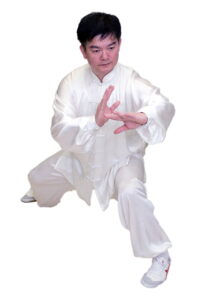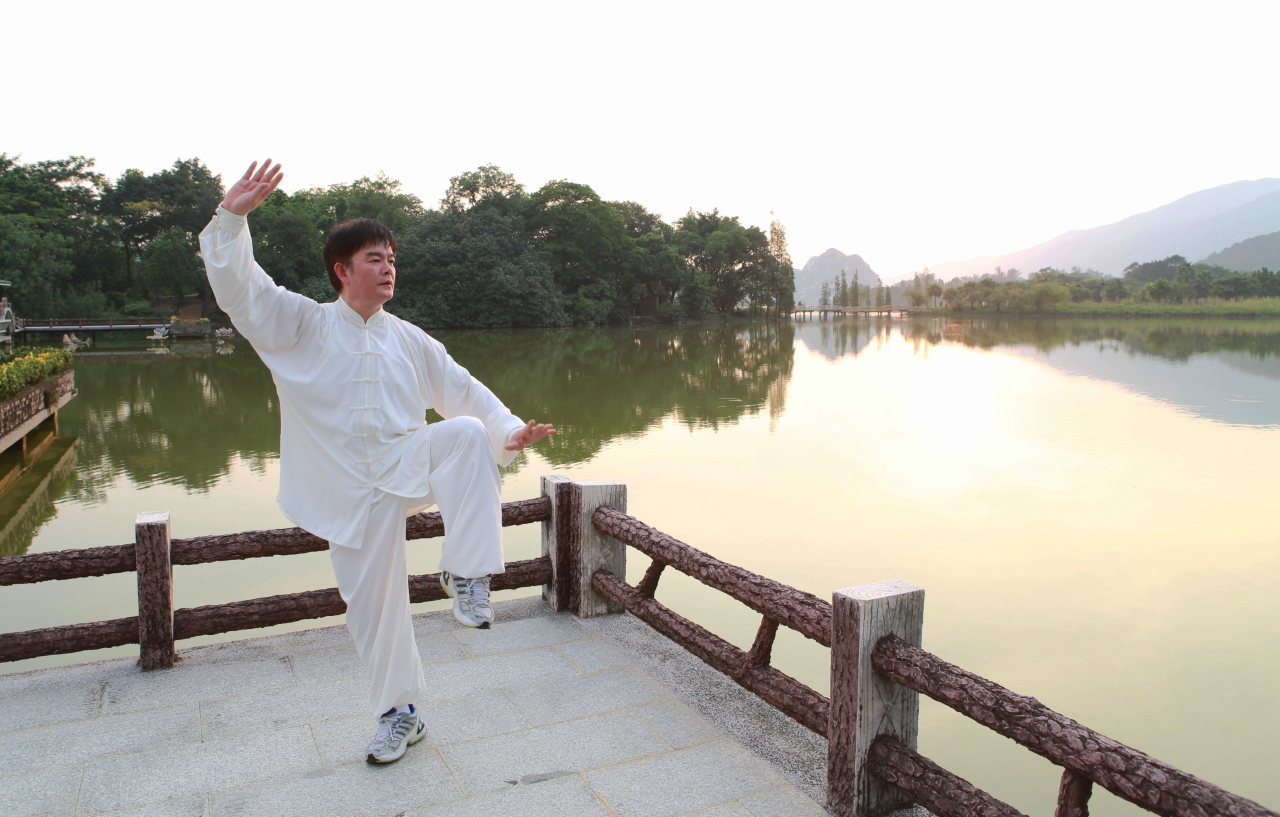These days, more and more people are practising tai chi. People take up tai chi for a variety of reasons. Some people want to have a better understanding of internal martial arts. Some people learn tai chi for personal self development. And still, there are others who want to reduce stress.
There are so many reasons why people practice tai chi. At the top of the list, health is the most popular motivation which gets most people involved and learning tai chi. Tai chi is well known to provide a huge amount of health benefits without any need to be at the top of your physical health to get started. Today, I would like to discuss the impact of tai chi on health.
Tai Chi is an Internal Martial Art
Firstly, we need to understand that Chinese Wushu can be separated into internal and external martial arts. Tai chi is considered to be an internal martial art. Because of the unique way that internal martial arts is practiced compared to the way that other martial arts is practiced, this makes tai chi unique.
Tai chi focuses on internal energy and using internal or core muscles by initiating all movements from the dantian. This makes tai chi extremely beneficial to the well being of the human body. Tai chi improves both our internal energy while also providing physical fitness for our limbs and body. Tai chi benefits our whole body both inside and out.
Intention (yi)

When practicing tai chi, we use a great deal of focus. The most essential element of focus is intention (yi). In tai chi, our intention is to perform all exercises in a calm and clear state of the mind and body. We focus on using our mental power to direct the body internally to create movements which manifest externally.
This is an advanced skill and will take a new tai chi practitioner time to understand, learn and become proficient. With continuous practice of this intention over a period of time, tai chi practitioners will gain some key skills.
Practicing intention will help people develop improved concentration and the ability to achieve a calm and clear mind. Most importantly, we learn a deeper understanding of how to use our internal energy or qi to control our body with optimal effort.
Energy sinking into dan tian (qi)

Another important element of tai chi practice is “qi sinking into the dan tian”. The emphasis is to “empty the chest and solidify the abdomen” so we can engage the dantian which is located in the abdomen. We use the dantian to initiate all movements internally so they will manifest externally.
Exercising the chest cavity and the abdomen is an important part of all tai chi practice. It will lead to enhancing the capacity of both the heart and the lungs. This purposeful internal workout also improves the health of our other internal organs. It’s It is equivalent to giving ourselves a massage of the torso. The circulation of blood will be greatly enhanced throughout the viscera and the internal organs of our body become strengthened.
Expansion force (peng)

An important quality of tai chi movement is “peng” which is translated as internal expansion force. The term “peng” refers to the quality of the body when the practitioner is executing movements typically practiced in tai chi. These movements include performing spiral turns, open and closed actions, and silk reeling exercises.
The quality of peng in tai chi movements means that the practitioner maintains their body in a lengthened but fully flexible state. While maintaining this fully lengthened and fully flexible body state, the practitioner then performs tai chi movements such as spiral turns, open / close motions and silk reeling exercises.
By practicing tai chi using this quality of peng, the joints, ligaments and muscles will be fully engaged. This is quite different than stretching exercises such as yoga. Tai chi movements are all done within comfortable ranges for all body areas including limbs, joints and muscles. Elderly students or students who feel they have limited flexibility are able to practice tai chi movements while incorporating the quality of peng.
Before practicing tai chi, many students typically under engage their body especially their joints throughout daily movements and exercises. Most new tai chi students have only ever experienced limited benefit in improving their joints, ligaments and muscles.
By learning and practicing movement using the tai chi quality of peng, the body feels relaxed and calm while increasing the tensile engagement of joints, ligaments and muscles. The peng quality in tai chi movements results in exponential engagement of the body. Using the peng quality throughout tai chi results in achieving significant improvement in the stability and flexibility of the body as well as its responsiveness and coordination.
Tai Chi for Health
Tai Chi provides many health benefits. In fact, there is a lot of research about the health benefits of tai chi which has been done in China and in other countries. Overall, the findings show that tai chi is a good sport and activity for people of all ages. Every man or women whether young or old, regardless of their current health condition and physical ability, will benefit from practicing tai chi.
Anyone who takes a step-by-step approach to learn and practice tai chi will be able to experience and achieve significant health improvements. To learn more, attend a trial class at our school and take the first step.

